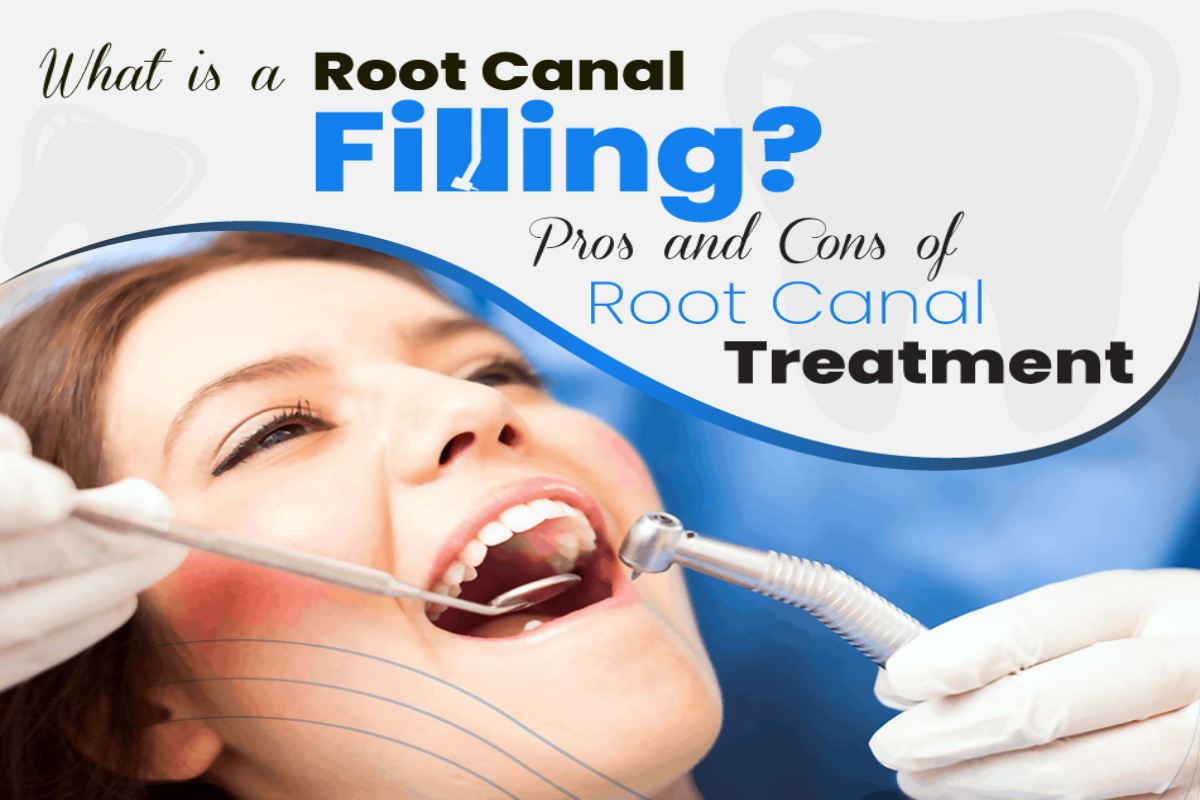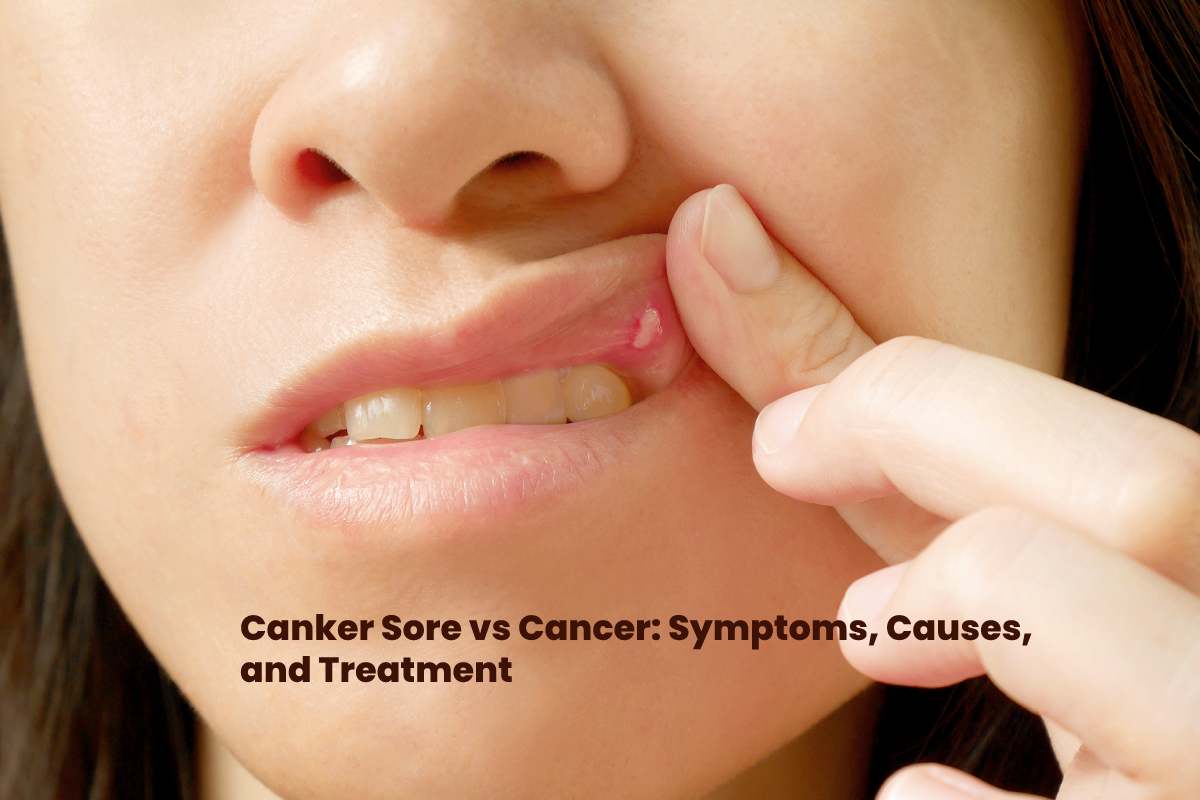RCT or root canal is a dental procedure that aims to preserve a dying or decaying tooth. The treatment involves cleaning the inside of a tooth and removing the infected nerves, tissues, and pulp. After that, the area is packed with gutta-percha; a rubbery substance that seals the opening.
Cosmetic dentistry has come a long way and today you can explore several root canal treatment options.
Table of Contents
Symptoms of Tooth Pulp Damage or Disease
Inflamed tooth pulp can cause infection. The commonest symptoms indicating a disease or a damaged tooth pulp can be –
- Spontaneous/unprovoked pain
- Heightened sensitivity to cold and hot foods and beverages
- Painful chewing and biting
- Loose tooth
- Gum swelling near the infected area
- Facial swelling
- Pus oozing out of surrounding tooth
It’s also possible for the tooth pulp to become damaged or diseases without it presenting any of these usual symptoms. Usually, when you notice these painful signs, your dentist will run a battery of special tests like x-rays to diagnose the underlying cause.
What Causes Tooth Pulp Damage
Several events could damage/inflame the pulp. The common ones include –
- Deep-seated dental decay that went untreated for too long
- Slow decay happening beneath a filling
- Physical trauma to the tooth
- Tooth grinding aka bruxism
- Advanced gum diseases
- Cracks in tooth
Complications of Pulp Infection
Leaving a pulp infection untreated for too long could give rise to several complications, such as –
Quick-spreading Infection
The infected pulp is no longer able to fight a spreading infection. Once the bacteria start to attack the inner chamber, they start multiplying very quickly. This can lead to an endodontic abscess or severe infection where you develop a pocket/blister of pus. The blister can then start spreading into the surrounding teeth bones.
Bone loss
Once the infection has reached the surrounding jaw bone, it may start robbing it off of its calcium and enamel.
Tooth Loss
If tooth removal is the only option, it may interfere with the ability to chew or bite. If the tooth happens to be at the front of the mouth, it could affect physical appearance as well. Sometimes dental implants, bridges, and dentures may be not possible or tolerable. This mostly happens when the infection has advanced beyond repair causing advanced bone loss.
Diagnosing Tooth Pulp Problems
During the check-up, your dentist will examine the symptoms, do a bit of investigating using x-rays, and examine your teeth. The x-ray offers information on the shape, depth, size, and number of roots. It may also reveal the severity of the infection as well and how complicated the treatment might be.
Types of RCT
Based on the nature of your situation, your dentist may suggest a couple of options in terms of the root canal procedure. Here are some of the common ones –
- The non-surgical, traditional RCT
- BIOLASE Waterlase System
- GentleWave RCT procedure
- Endodontic Microsurgery
Reason to Go for Root Canal Treatment
Below are a few reasons why you should avoid putting off root canal procedures –
- To relieve the debilitating discomfort and pain
- To avoid the spread of abscess, bone loss, and infection
- RCT is less painful compared to tooth extraction.
- Tooth extraction often leaves a gap that must be filled with an implant to aid proper chewing and biting
- It’s a rather affordable option for replacing a tooth than implants
- RCT uses crowns to replace the hollow tooth which gives aesthetically pleasing and more natural-looking results
- Early treatment could save the tooth and avoid the need for implants that can never look, function, and feel like a natural tooth.
Reasons to Avoid RCT
There may be a few disadvantages to this procedure as well, such as –
- RCT doesn’t always guarantee a thoroughly clean root canal.
- In the event of inadequate dental restoration, you may breed an infection that may require a course of analgesics and antibiotics.
- A hollow tooth, post-treatment, may become brittle and prone to fractures.
- Post-treatment, the tooth may need reinforcing with a post or a porcelain crown; or both.
- At times, the treatment may be significantly expensive.
- The procedure may require several visits to the dentist and a longer time frame for complete healing.
- RCT may cause some discomfort in the jaw and mouth.
- The tooth may darken or become discoloured after the procedure.
Bottom Line
All and all, RCT is a highly promising dental procedure that can salvage a decaying tooth, stop the spreading of infection, and restore your beautiful smile. For more information, it’s always best to talk things over with your dentist.



